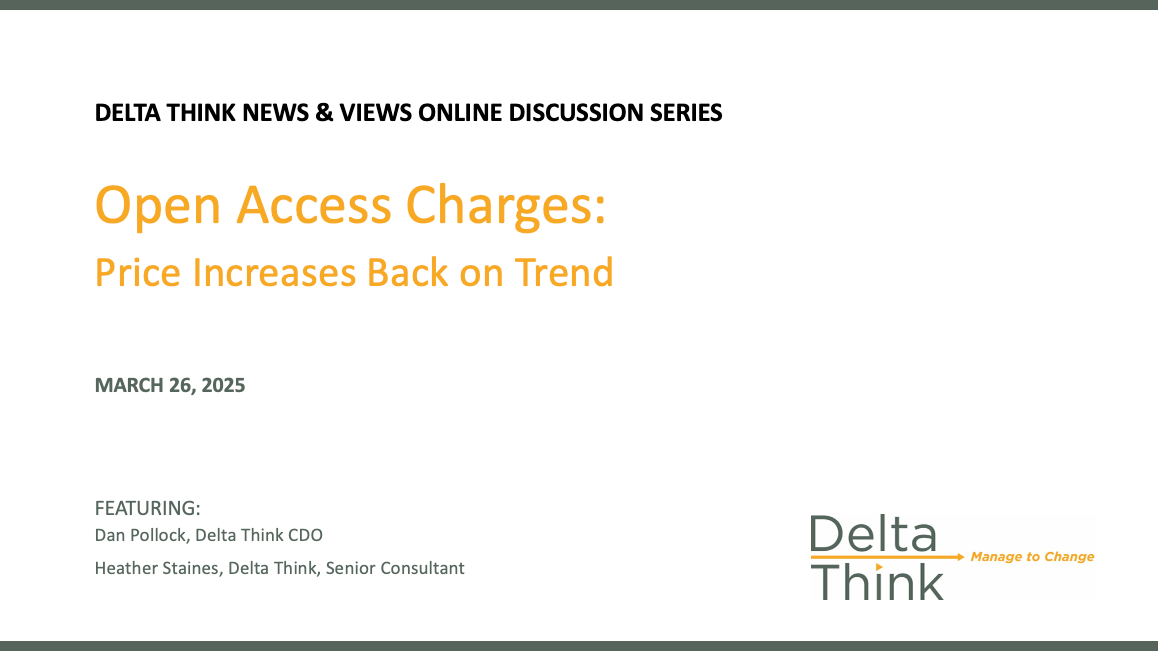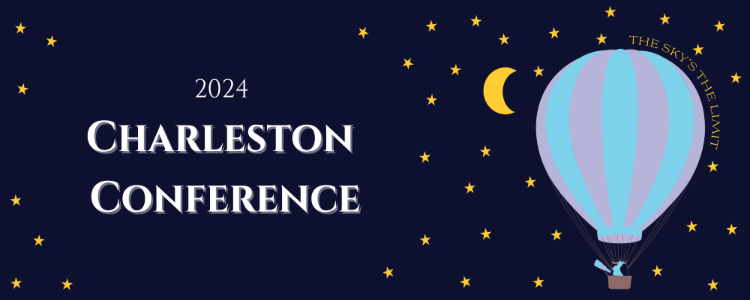News & Views: The Impact of Inflation on APC Costs
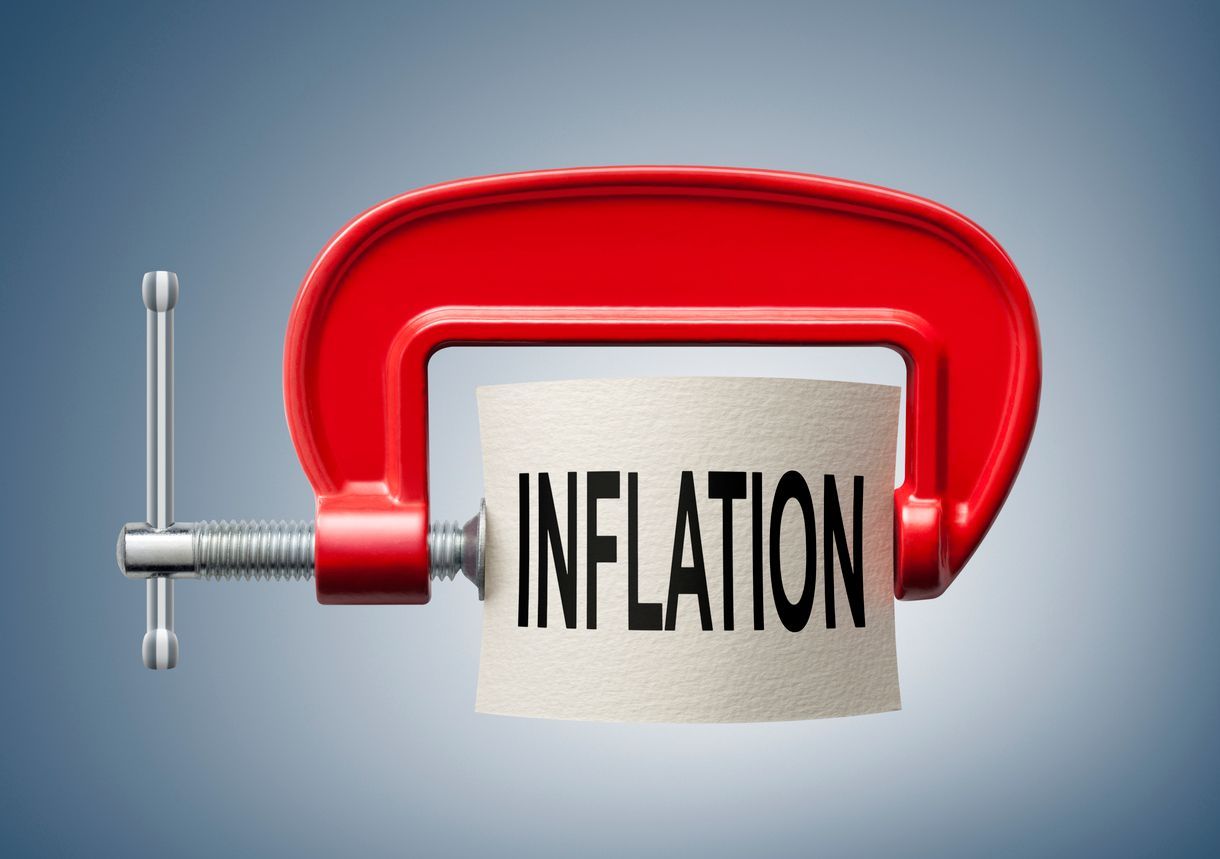
In March 2025, we looked at the latest Article Processing Charges (APCs). This month we focus on how prices have risen relative to inflation. As APC price increases fall back to trend, what does this mean in real terms?
Background
Each year we survey the list Article Processing Charges (APCs) of more than 30 major and significant publishers. Going back to 2015, the dataset includes more than 20,000 unique titles and 150,000 title per year combinations. Going into 2025, we saw price increases fall back to long-term trends from their unusually high increases in 2024. Fully OA (“gold”) journal list prices across our sample rose by around 6.5%, compared with a 9.5% increase this time last year. Hybrid list prices rose by an average of 3%, compared with 4.2%.
Last year’s price rises were above long term trends, but overall we found they were rising below inflation. How does this hold for this year’s price increases?
We again use the global Consumer Price Index (CPI) as our inflation index, as we consider it to represent the most realistic view of our marketplace. Prices exclude zero APCs, so we can see the effects for instances when publishers choose to charge APCs.
Are APCs becoming cheaper or more expensive?
The chart below shows how increases in all list APCs work out in real terms for both hybrid and fully OA journals.
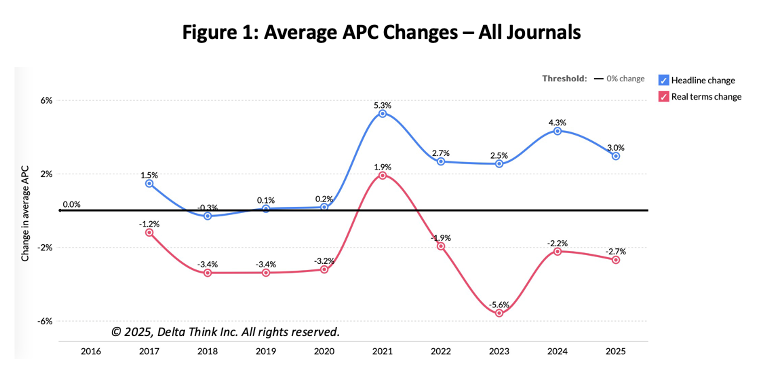
n=125,164. Sources: the International Monetary Fund, Publishers’ websites (Dec 2016, Jan 2018-Jan 2025), Delta Think analysis. © 2025, Delta Think Inc. All rights reserved.
The figure above compares the average annual changes in APCs as stated (top, blue line) with those adjusted for inflation (bottom, red line).
- Positive numbers mean prices are increasing; negative ones mean they are falling.
- For most years, APCs have fallen in real terms. In other words, they are increasing more slowly than inflation.
- The exception is in 2021, when we saw large increases but a modest rate of inflation.
- To put the numbers in context, inflation (we use the global CPI) averages around 4%, but we saw it spiking to just over 8% in 2022. It is forecasted by the IMF to be 4.5% in 2025.
- Because of the large number of hybrid journals, the averages across all OA journals are similar to those for hybrid journals.
Fully OA Prices
How does the picture look for the higher rates of increase in just fully OA journal prices? The fully OA landscape is shown in Figure 2.

n=24,637. Sources: the International Monetary Fund, Publishers’ websites (Dec 2016, Jan 2018-Jan 2024), Delta Think analysis. © 2025, Delta Think Inc. All rights reserved.
The figure above compares the average annual changes in APCs of fully OA journals as stated (top, blue line) with those adjusted for inflation (bottom, red line).
- As before, positive numbers mean prices are increasing; negative ones mean they are falling.
- Here, the picture is different. Fully OA APCs have risen in real terms as least as often as they have fallen in real terms.
- The above-inflationary price rises were especially noticeable going into 2021 and going into 2024. They remain slightly above inflation going into 2025.
Conclusion
Overall, OA prices are increasing below inflation. The data suggest that authors continue to get (modestly) increasing value for money for their OA fees.
However, the headlines are skewed by the large number of hybrid journals. When looking only at fully OA (“gold”) journals, prices are rising slightly faster than inflation. Our market sizing data suggest that significantly more articles are published in fully OA journals than in hybrid, so the inflationary effects will be more prevalent than the real-terms cost savings for hybrid. Although it’s worth noting that fully OA prices are cheaper than those for hybrid, so they are growing from a lower base.
As discussions continue about the increasing cost and affordability of OA, it’s important to keep an eye on the nuances of real terms effects.
---
This article is © 2025 Delta Think, Inc. It is published under a
Creative Commons Attribution-NonCommercial 4.0 International License. Please do get in touch if you want to use it in other contexts – we’re usually pretty accommodating.
---
TOP HEADLINES
Springer Nature Says It Has Reached 50 Percent Open Access – April 14, 2025
"In the sometimes seemingly endless march to open access—and the steady blizzard of announcements of transformative agreements, etc.—we have today (April 14) an announcement from Springer Nature that it has reached a goal to publish 50 percent of its primary research in open-access formats, a target that had been set in 2021 for the end of 2024."
Announcing OASPA’s ‘Next 50%’ project: a different conversation about the open access transition – April 10, 2025
"OASPA is launching a major new project for 2025, bringing together publishing organisations with those who pay for, fund and invest in scholarly communications...This project will build on OASPA’s research and outputs of the past few years, most notably following over 3,000 downloads of OASPA’s recommendations on financial and workflow barriers."
Academic libraries cannot afford to carry on with transformative agreements – March 31, 2025
"The funding crisis in UK higher education is forcing academic libraries to make difficult financial decisions. Caroline Edwards argues agreements with commercial publishers now represent an unreasonable expense and introduces the Open Journals Collective as an alternative model for scaling open access to journal publications."
cOAlition S provides feedback on the Canadian Tri-Agency Open Access policy – March 27, 2025
"cOAlition S...has responded to the consultation on the draft, revised Open Access policy on publications announced by the Canadian Institutes of Health Research (CIHR), the Natural Sciences and Engineering Research Council of Canada (NSERC) and the Social Sciences and Humanities Research Council of Canada (SSHRC)."
Collaboration and inclusivity key to shaping next-generation open access – March 18, 2025
"This month marks the beginning of the negotiations, led by Jisc on behalf of the higher education sector, to discuss how UK universities continue to access and publish in open access journals."
OA JOURNAL LAUNCHES
Despite Challenges, Mathematics Journals Remain Open Access through Subscribe to Open in 2025 – April 16, 2025
"EDP Sciences and the Société de Mathématiques Appliquées et Industrielles (SMAI) are pleased to confirm that all six mathematics journals will remain open access in 2025 under the Subscribe to Open (S2O) model."
Taylor & Francis journals convert to open access through Subscribe to Open pilot – April 2, 2025
"Every article published in the 2025 volume of three Taylor & Francis journals will be made open access (OA), following a successful launch of the publisher’s Subscribe to Open (S2O) pilot."
Elsevier and American Accounting Association announce launch of new journal – April 1, 2025
"The American Accounting Association (AAA) announced today their affiliation with Accounting Open, a newly launched journal published by Elsevier."
APS Achieves Open Access Goals with Subscribe to Open for 2025 – March 24, 2025
"The American Physiological Society (APS) is proud to announce the successful implementation of Subscribe to Open (S2O), achieving its goal of making 10 of its primary research journals fully open access in 2025 through S2O."
Journal of Applied Physics, Physics of Plasmas Open Access in 2025 Under Subscribe to Open Pilot – March 19, 2025
"AIP Publishing is pleased to announce two of its flagship scholarly journals, Journal of Applied Physics and Physics of Plasmas, will be open access in 2025 as part of our Subscribe to Open (S2O) pilot program."
